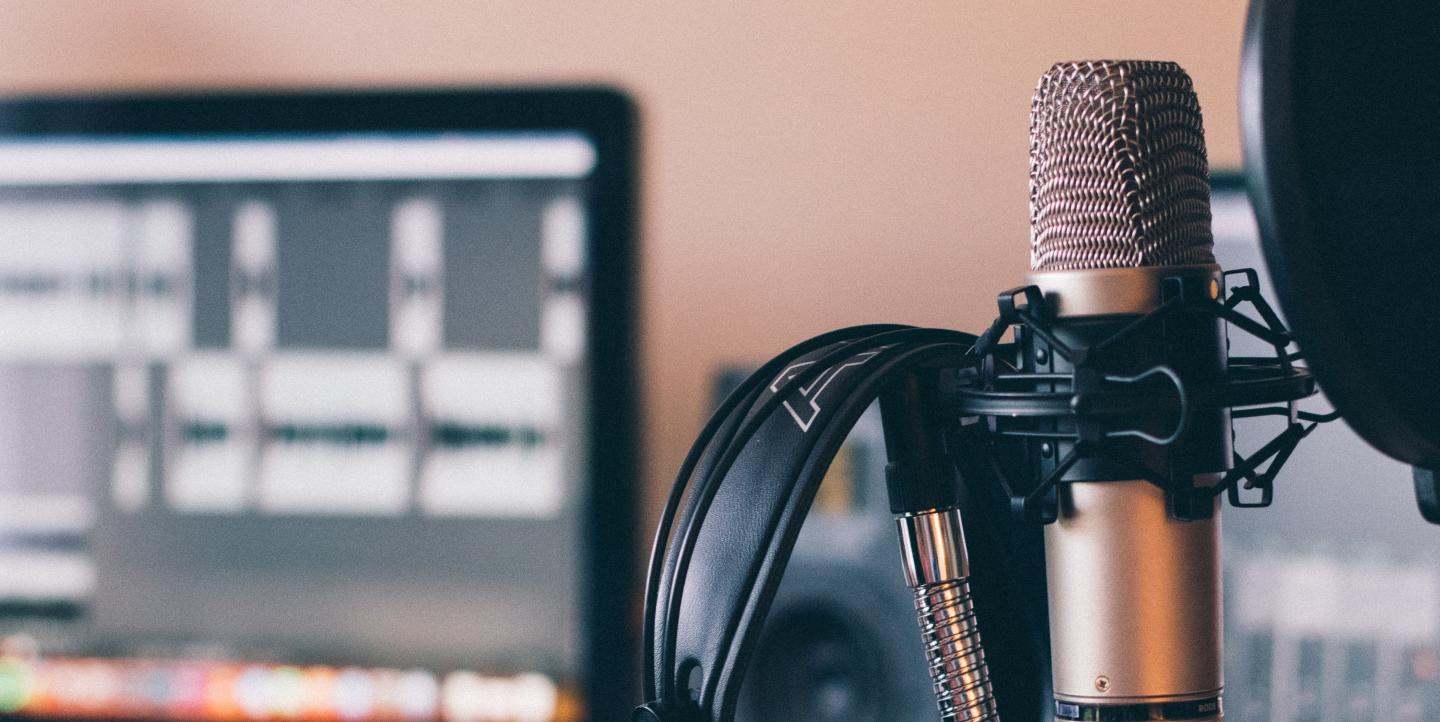In the COVID era, many of us have had to adapt to new ways of doing things. Working from home and distributed newsrooms have become part of the “new normal” for many journalists. This has often meant modifying not just what we do, but how we do it.
At many journalism schools we tend to drill into our students the importance of conducting interviews in person, but that’s just not possible right now, and it might not be for some time.
In a previous post, I outlined 12 apps that journalists can use to effectively record remote interviews. But these products only do half the job. As journalists, we also need to know how to get the most out of them, which means considering recording and publishing practicalities that go beyond having the right app on our phone.
If you’re conducting remote interviews with sources, here are nine considerations that journalists — whatever the medium — should be thinking about.
(1) Test, test, test.
We’re not talking about the coronavirus here, but a tried and trusted recommendation to be sure to try the app you’re recording on before you really need it.
Call your Mom, your roommates or a colleague to ensure that you are familiar with the functionality of recording — and how to access the files afterwards — prior to an important interview.
(2) Make sure you have good Wi-Fi
Most of the apps I recommend in part one of this series use Voice over Internet Protocol (VoIP) to allow you to make voice calls over the internet instead of a regular phone line.
In many cases, they also store the recording in the cloud, although some apps allow you to choose between this and a local recording (i.e. one on your laptop or phone).
Because of this, a robust data connection is essential. Poor connectivity won’t just affect the call quality, but it might also impede the recording of it. Be sure to check your WiFi ahead of time.
[Read more: 12 apps journalists can use to record interviews remotely]
(3) Determine whether you want the screen on or off
When conducting a remote interview, is it better or worse to be able to see the person you’re interviewing? There’s no right answer, but you need to decide before the interview begins what you prefer, and whether your guest will be prepared.
During a recent event, the National Press Club Journalism Institute in Washington D.C. asked National Public Radio’s Terry Gross and the New York Times’ host of The Daily, Michael Barbaro, about deep listening.
As their event recap shows, each had a different take on the question of whether it’s better to see (virtually or in real life) the person you’re interviewing:
Terry Gross: Most of my interviews are long-distance interviews. … We both have to listen really intently because there’s no body language … there are no other cues. But the advantage to having that is I can take notes, I can look at notes, I can page through a book to get a quote that I want without feeling that I’m losing eye contact.
Michael Barbaro: In-person interviews are somewhat terrifying at times. But I find them very liberating because there is no distraction, other than the guest, the person you’re talking to … And I do like the body language a lot, and I like the spontaneity of that.
(4) Get consent to record
Remember to always make it clear to an interviewee that the interview will be recorded. As part of that process, also explain to them why you’re doing it, because it might be unexpected to them you’re working in a non-audio medium.
In my experience, it’s helpful to clarify that there’s nothing nefarious about this, you just want to ensure you’ve captured what they said accurately. Having a conversation recorded helps make that possible.
Ideally, you should let your interviewee know it will be recorded when the interview is arranged, and then reiterate it when you start recording.
In many places, consent to record is a legal requirement. Even if it isn’t, it’s just good practice. It’s important to have a record of what someone has said to you, and it’s equally important to gain the trust of your interviewee by treating them with respect.
[Read more: Remote video interviews: All you need to know]
(5) Find a quiet place
Even if you do not plan on publishing the audio, be sure to find a location to capture the conversation where you and your interviewee can hear each other. You’ll appreciate that you won’t be struggling to hear the recording over background noise when writing your story or transcribing the audio.
It’s also important to have a quiet place during the interview itself. Removing distractions enables you to be present and focused during the discussion.
Recording this week’s show (well, I closed the closet doors while I read my narration). @ThisAmerLife pic.twitter.com/SrTO0hsgyz
— Ira Glass (@iraglass) March 22, 2020
(6) Wear headphones
Take a few minutes to read these thoughts from Rachel Corbett, an Australian journalist, and founder of online podcasting course, PodSchool, on why “headphones are the most important piece of equipment in your podcast kit.” As she points out in the post, it will push you to become a better presenter, make it easier to detect — and remove — background noise and ensure you won’t need to correct your guest’s tone and volume as frequently.
Even if you’re not planning to use this audio for a podcast, her recommendations are worth taking on board to make your recording process easier.
(7) Back-up your files
Laptops crash and apps corrupt, so make sure you have your files stored in a number of places.
(8) Look at transcription tools
Once you’ve recorded your interview, you may find it useful to have a transcript of what was said. That can pay dividends, not just for the story at hand, but in capturing material you can use in future pieces too.
The Journalist’s Toolbox, maintained by University of Illinois-Chicago journalism professor Mike Reilley, has a helpful list of free tools and paid services to help speed up the transcription process, which most journalists find to be the least enjoyable part of their job — after filing taxes.
(9) Convert your audio into something visual
Even if you’ve used your interview for a written piece, it’s worth considering how you can potentially use short audio clips to help promote your work creatively on social media.
Headliner is one of the best-known tools in this space. It creates audio visualizers which are especially useful for Twitter and Instagram.
Which first lady wore the role best? Anna Wintour talks politics and fashion with @AnneMcElvoy on “The Economist asks” podcast https://t.co/0mHlLjtf06 pic.twitter.com/gIoUpd3teo
— The Economist (@TheEconomist) July 21, 2019
Anchor also helps to turn your audio into short, shareable, transcribed videos that are available in different formats depending on the social network on which you want to distribute them.
Want more tips? Then try these five further resources.
- PBS NewsHour Student Reporting Labs - Conducting Virtual Interviews
- Damian Radcliffe / Journalism.co.uk - Six tips to improve your radio and podcast interviews
- Katie Mingle, senior producer at 99% Invisible / Transom - Get Good Tape (Sync)
- NPR - NPR's Guide To Sending Audio + Reporting from home: how NPR correspondents do it
- IJNet - Multimedia Journalism Toolkit
Damian Radcliffe is the Carolyn S. Chambers Professor in Journalism at the University of Oregon, a fellow of the Tow Center for Digital Journalism at Columbia University, an honorary research fellow at Cardiff University’s School of Journalism, Media and Culture Studies, and a fellow of the Royal Society for the Encouragement of Arts, Manufactures and Commerce (RSA). He also hosts the Demystifying Media podcast, in which he interviews leading journalists and media scholars about their work. Find him on Twitter @damianradcliffe.
Main image CC-licensed by Unsplash via Will Francis.


